
Effective industrial hygiene management requires recording and maintaining consistent and complete work site data. Using outdated methods is in itself a serious risk.
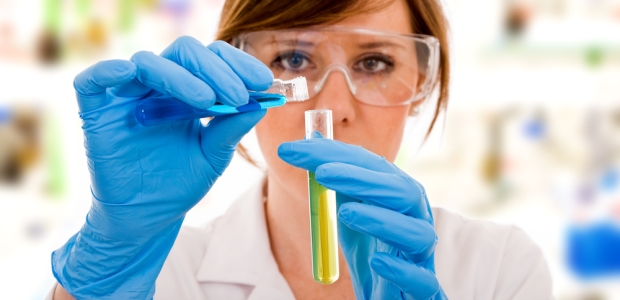
With the right strategies and tools, you’ll overcome the challenges and create an industrial hygiene program that protects your most important asset—your employees.
The agency is considering focusing on five "key goals," including increasing understanding of new hazards and related health risks, supporting the creation of guidance materials, supporting epidemiologic studies for nanomaterial workers, and promoting national adherence with risk management guidance.
According to the commission, the new limits would improve working conditions for more than 1 million EU workers and prevent more than 22,000 cases of work-related illness, including cancers.
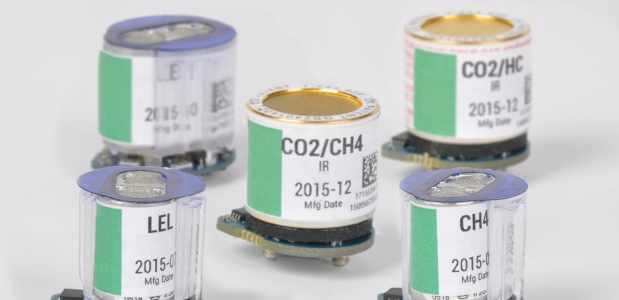
Just because a poison or inhibitor wasn't applied directly to the instrument doesn’t mean that it may not have been exposed to something while in a tool box, storage locker, or anywhere else gas detection equipment may be stored.
"There is growing concern among occupational health and safety professionals that ototoxicant-induced hearing loss may go unrecognized since the measure for hearing loss does not indicate the cause," the document states. "For example, audiometric tests are powerful tools that show hearing impairments (i.e., threshold shifts); however, they do not differentiate between noise and ototoxic causes."

Four new documents offers tips on the design and use of exposure controls for nanomaterial production, post processing, and use. They are posters that pose questions employers and workers should consider before starting work with a nanomaterial and list options to reduce exposures to nanomaterials based on the physical form.
"We are pleased to partner with the worldwide leader in electronic testing and imaging tools to offer our customers new products that improve safety and efficiency in the workplace," said Jason Wright, rental sales manager.
The campaign will address dangerous substances that can cause chronic or acute illness, such as respiratory diseases, cancer, mesothelioma, poisoning, skin diseases, reproductive problems and birth defects, and allergies.
Phase one focused on ice rinks and recreational facilities. Of the 223 sites inspected, 181 were using ammonia refrigeration systems. Inspecting officers issued 1,134 orders, three compliance agreements were created, and one stop use order was issued.
OSHA said it also will begin enforcing on May 11, 2018, the new, lower 8-hour permissible exposure limit and short-term (15-minute) exposure limit for construction and shipyard industries.
The IG's Feb. 20 report concluded LANL did not fully implement an effective Prevention Program as required, did not complete hazard assessments with sampling plans for each record in its 2016 beryllium inventory, and released potentially contaminated areas for other use without a formal evaluation to ensure any residual contamination was within acceptable limits.

Safety managers are making an impact. While accident rates have fallen from a rate of 4,000 per 100,000 workers in 2000 to half that figure in 2015, these rates are still too high and the damages associated with them are still too extreme.
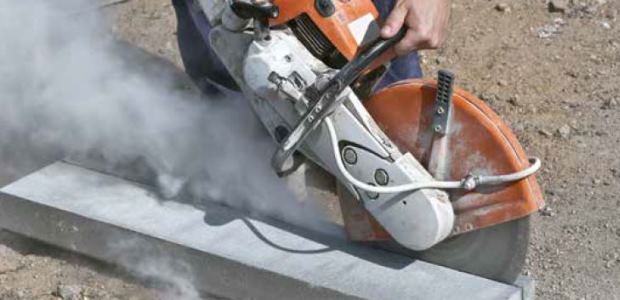
The agency estimates that the new rule will save more than 600 lives and prevent more than 900 cases of silicosis each year.

Laboratories' ventilation systems make up the majority of Northwestern University's electricity demand.

The documents discuss how nanomaterials are difficult to identify in construction materials because they are rarely precisely labeled, and a product labeled as "nano" might contain nanoparticles or nanofibers, might be based on nanoscale film, or might simply be labeled that way to make it seem new and different.
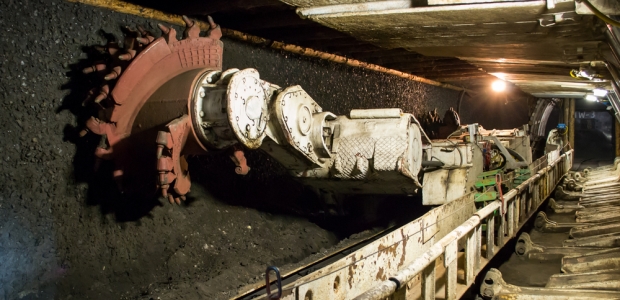
The main goal of the office's broad agency announcement is to promote the modification or final development of practical technologies or systems that can be adopted by the mining community quickly.
Those who currently hold the OHST will receive new certificates in conjunction with the change. The OHST logo and exam content will remain the same, the BCSP fourth quarter 2017 enewsletter explained.
AIHA said the call for proposals will open on January 3, 2018, and close on January 29.
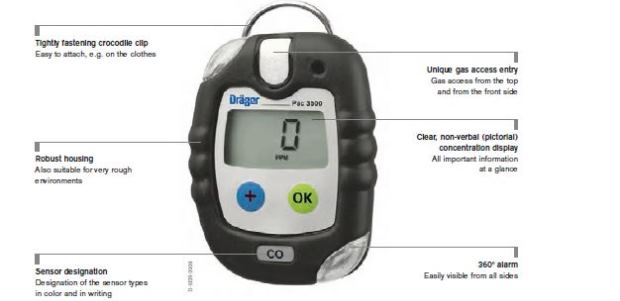
Safety should always be of the highest priority—it is the reason these detectors were invented, after all.